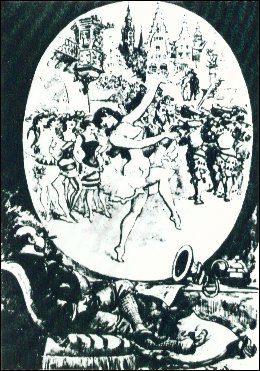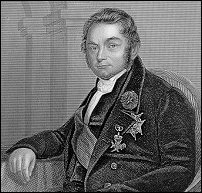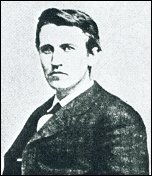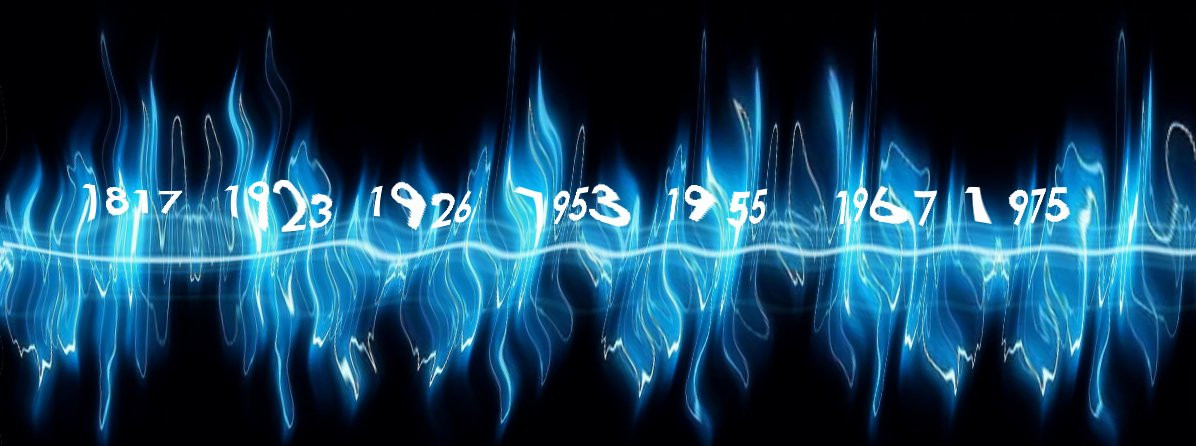The Invention of Television: The Pioneers

Although the Scotsman John Logie Baird is generally considered to be the creator of television, this is of course be an over simplification, and to accept him as sole creator of the medium would be to ignore the contributions of many others, whose names deserve to be preserved in the history of its development and ultimate inception. For without these earlier pioneers Baird would not have been able to successfully transmit a moving image from one room to the next.
Most inventions begin with a vision and so for the sake of argument we can begin our story as far back as 1869. For that was the year that the French artist Albert Robida, a contemporary of Jules Verne, published a picture of a man, reclining in an armchair in the comfort of his own home, whilst watching a 'televised' performance of Faust (See above picture). And this more than two decades before the American inventor Thomas Alva Edison had caught one of his assistants, Fred Ott, sneezing on camera, which was then copyrighted as 'Record of a Sneeze', on 7th January 1894 (almost two years before the public screening of ten of Lumière brothers' short films in Paris on 28 December 1895). But whilst scientists and photographers the world-over had been trying to invent the movies for years, television had its own definite requirements, and these were not the result of a single discovery, but of successive and independent developments.

In 1817 the Swedish scientist Berzelius discovered selenium, a metalloid in the oxygen group with electrical properties. But it wasn't until 1873 that a telegraph operator named Joseph May, working at the Velentia Cable Station in the West of Ireland, accidentally discovered that some selenium rods which were used as resistances, altered in value under the influence of strong sunlight. The photosensitive properties of selenium led to the possibility of converting light waves into electrical impulses. In between these discoveries Alexandre Edmond Becquerel (in 1839) had discovered the electrochemical effects of light. In 1875 George R. Carey of Boston, Mass. outlined a suggestion for television based on the functioning of the human eye, but it wasn't until 1881 that another American, Shelford Bidwell, demonstrated a method for transmitting silhouettes. There were many attempts and suggestions for transmitting moving pictures through the ether before the end of the century, Paul Nipkov's disc scanner made use of the selenium cell, but like other inventors and demonstrators around that time his equipment lacked the means of amplifying the impulses.

Karl Ferdinand Braun introduced the first cathode-ray tube for commercial use in 1897 and four years later Dr Ambrose Fleming patented the two-diode thermionic valve. After this there was little in the way of public recognised progress until 1923 when a number of scientists in the US, France and England had progressed to the point where they were able to transmit shadows. This was also the year that Vladimir Zworkin, a Russian who had moved to the USA in 1919, patented his Iconoscope -the first practical television transmission tube. It's at this point, (or rather the following year), that Baird came onto the scene in a big way. Although he had been developing his own methods of televised images for many years it was in 1924 that he first demonstrated a mechanically scanned television system which transmitted objects in outline and went on the following year to show the head of a dummy, not just in outline but as a real image.

Since the time of Baird, the dizzyingly rapid development of the medium of television has taken many of the disparate elements chanced upon by those early, far-sighted, pioneers and consolidated them into a unified whole which has arguably become one of the key cornerstones of modern society. Viewed with the benefit of perfect hindsight, the genesis and subsequent rise of television can now be appreciated as a complex mosaic of inspired individual elements, engendered by equally inspired individuals with a shared vision. A vision which ultimately combined to form a cohesive foundation for one of the most important and far reaching inventions in the ingenuity laden annals of human history.
On the next three pages I will attempt to illustrate the most definitive timeline possible regarding the invention of television.
Next: The Television Timeline
